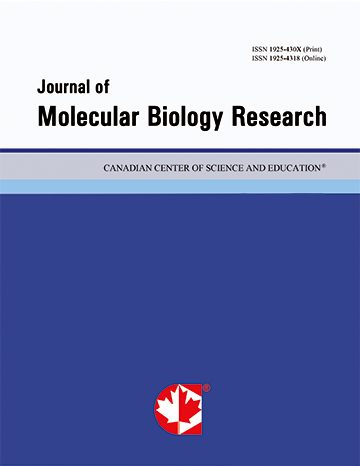Chromosomal Q-Heterochromatin and Age in Human Population
- Ibraimov I.
- Akanov A.
- Baygazieva D.
- Meimanaliev S.
Abstract
Individuals in the population differ from each other in number, location, size and intensity of fluorescence of chromosomal Q-heterochromatin regions (Q-HRs). It has been shown that human populations differ significantly as concerns this feature. The question remains open as to whether there exist differences between individuals belonging to different age groups. This fact is very important for understanding the possible biological role of the broad quantitative variability of chromosomal Q-HRs in human genome. The quantitative content of chromosomal Q-HRs was studied in individuals of Kazakh and Russian nationality from different age groups. It was shown that chromosomal Q-HRs are most numerous in the genome of neonates, while they are the least numerous in the genome of elderly subjects (aged 60 years and older). It is supposed that the lesser amount of Q-HRs in the genome of elderly subjects is due to the selective advantage in their survival to old age. The possible selective value of chromosomal Q-HRs is discussed.
- Full Text:
 PDF
PDF
- DOI:10.5539/jmbr.v4n1p1
Index
Contact
- Grace BrownEditorial Assistant
- jmbr@ccsenet.org
